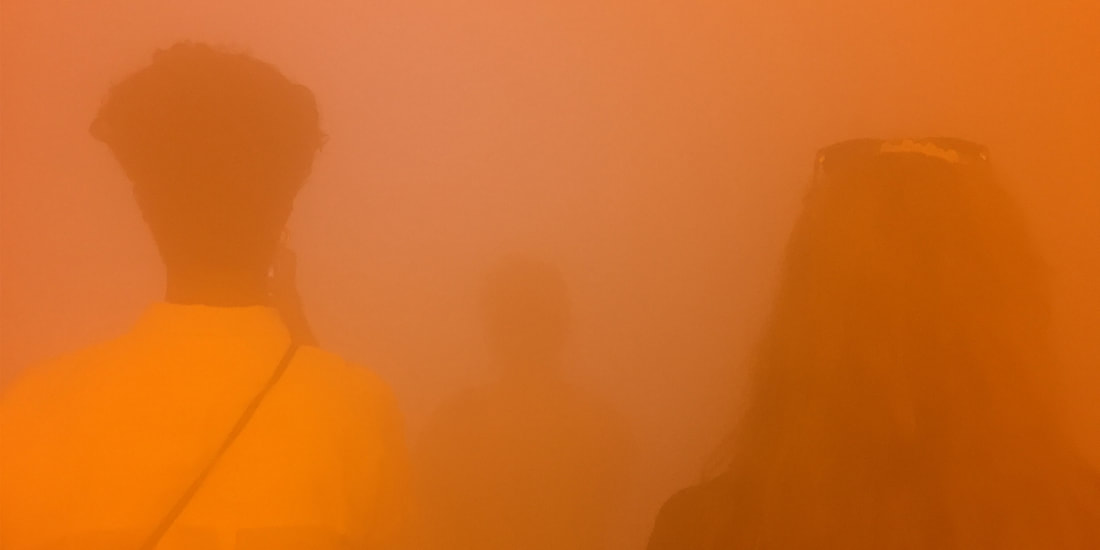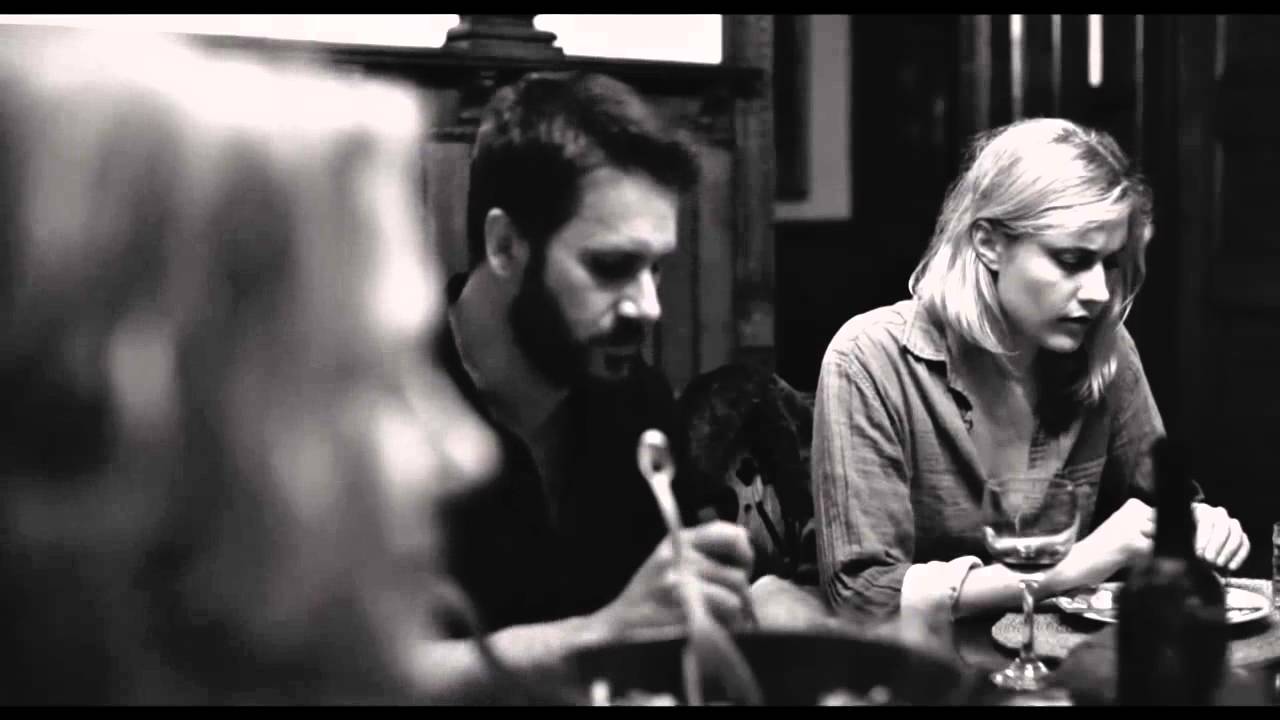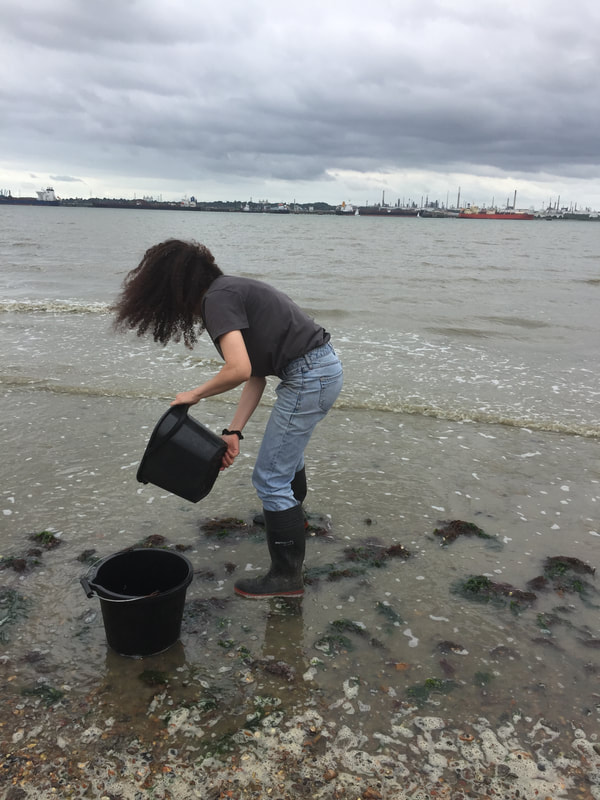|
CREDIT: Photo: Amanda Moore Have you ever felt as though you are a writer who isn’t writing, a dancer who isn’t dancing, an artist who isn’t making art? What can you do with that liberal arts degree? Maybe there are alternative ways to get back into it. Becoming an ArtistIf there was one thing which defined the start of my career of being an artist, it was the uneasiness in feeling justified in calling myself an “artist”. Being a student is one thing, and studying at art school, the luxury of spending all day in your allocated studio space, you look like an “artist”. But fast-forward to the End of Year Show and this seminal event separates the “artists” from the people thinking, ‘but that guy only came in for a few hours and stood outside smoking roll-ups and then dragged some stuff out of a skip, now he’s got work in the Saatchi collection’. If you’re not going to have a collector buy all of your work and then have a career creating, exhibiting and selling stuff from your studio, (which used to be a set of garages in East London), then what’s the point of all this? It’s a bit of a throwback but reminds me of the film Frances Ha back in 2012, about a 27 year-old apprentice for a dance company who isn’t really a "dancer". She receives the standard dinner party question, ‘so what do you do?’ and handles it earnestly; CREDIT: Photo: Pine District, LLC Andy: So what do you do? Frances: Eh... It's kinda hard to explain. Andy: Because what you do is complicated? Frances: Eh... Because I don't really do it. Make or Break, The End of Year ShowWhen I studied at the Royal College of Art, I remember standing near my work at the End of Year Show which was being completely panned by a critic who taught there. I was caught between being embarrassed and wanting to get as far away from that work as possible, but also wanting to run up and slap him across the face. He then turned around with a middle-class ‘Darling’, and told me how great the work was. Two-faced jerk. Quite a few of my colleagues sold work as disparate as clay figures of animals, ‘skip-man’s’ up-cycled objects from the trash, and some really nice intricate and skilfully crafted objects somehow made from dust. I was happy for them. Not really. I couldn’t figure out what made one person’s art “art” and made one artist an “artist”. Nothing was common amongst the work bought by collectors. It wasn’t the types of material used, it wasn’t the subject matter, it didn’t seem to be based on a particular trend. What somehow felt more strange was that curators I knew who were at the show kept offering me jobs. Jobs to help them do research for books, to help run studios for other artists, to tutor their A-Level kids, (that’s age 16-18 in the UK). Frankly, I was offended. Much like Frances was when she tried to get a spot ballet dancing in one of her company’s shows and the Head of School offers her a job in the office. I mean, how dare they offer me way above the median UK wage to manage a studio, or four times the amount a care assistant earns to drink coffee and watch a 16 year-old do their homework? To 'Art' or not to 'Art'So what did I do? I had a choice between going for it, potentially living in some kind of squat or squalor in order to afford a studio space with the financial situation at the time and keep trying to somehow break into the elusive “art scene”, or taking one of the day jobs. Or maybe half a day job and half of the squalor. How did I decide? I had to decide what my priorities were. I felt pressured to be an exhibiting artist with London-based shows, (shows in established galleries), especially following the gift of being able to study at the RCA. One of my tutors gave me some good advice, that you can keep coming in and out of things through your life. He said not to worry about it, ‘you’ll always be an artist’. If I was honest, I wanted what the baby-boomers had - a regular income, a working vehicle, a home. So I took the day job, all of the day jobs - tutoring, managing studios, helping curators and learning more about the business of the art world. It took me several years to even understand what my work should be about or what it could contribute. Subsequently, I studied architecture as I liked the idea of designing things which would serve society, rather than potentially become commodities, and I started to get into working on large-scale public sculpture commissions. This was finally a way for me to combine everything I was interested in - sculpture, making things which have a definite community benefit, and getting paid. Having a brief, a need, was much more helpful to me than when I was in the studio all day trying to find a need for my work. And public commissions often involve a whole collaborative team of interesting people including clients, the local community, engineers, planners and fabricators.
Frances also took the day job, and then she got into choreographing her own dance in her own style. It wasn’t her original plan but she got to be a stronger contributor to the industry she loves.
0 Comments
Your comment will be posted after it is approved.
Leave a Reply. |
AuthorWhat am I doing here? I'm collecting sea water to fill 1,000 bottles and hang them from a scaffold inside an old ruin. Why? Why not? Archives
December 2023
Categories
All
|




 RSS Feed
RSS Feed